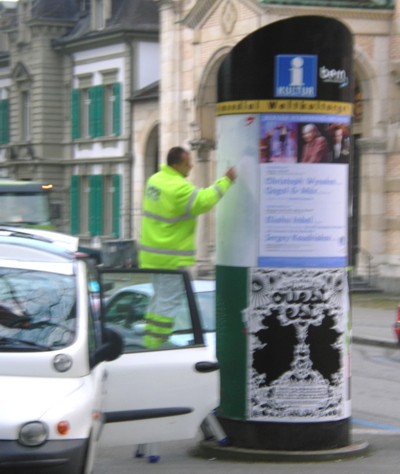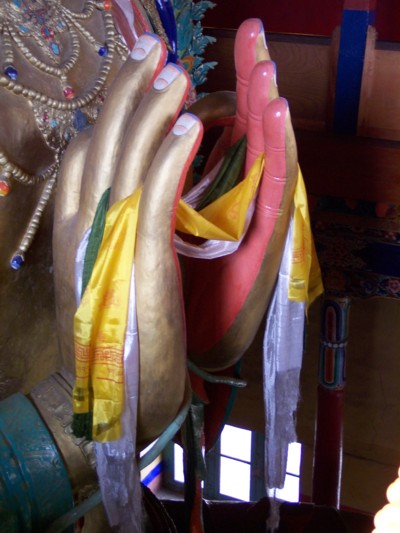The recent bi-weekly newsletter of The Soul Journey (I have written a post about it before) on “Being Authentic and Telling the Truth” has very interesting thoughts on the ways how people present what they consider to be the truth – giving a specific spin to their presentation and leaving parts away when they don’t fit into the picture to be presented. This is a very common feature especially of marketing and of PR-campaigns, no matter from which field. It remembered me of the campaigns Swiss banks, especially UBS, are doing at the moment to regain the trust of the customers. An extract of the newsletter:
“We live in a world of communications – media of all sorts that reach around the world, into our work places and into our living rooms and bedrooms. People with agendas to serve, often self-serving, use these media to try to convince as many people as possible to believe the ‘truth’ they are presenting.
In recent times there have been elections in which candidates for high offices have held debates. The greatest influence of these debates has not been directly to people’s minds, because people don’t pay enough attention or use their own sense to understand sufficiently to make up their minds about what they hear. That is part of the problem. The other part is that politicians, like other people, do not always tell the truth, or they distort the truth, and most people do not know what the facts are. The result of all this is that people wait to make up their minds from what the media presents. The media tells them who won the debate, who was better, etc.
There are two things we need to be aware of when listening to others telling what they consider to be the truth:
1. The spin. Facts are taken and presented with a specific spin, a specific interpretation, to suit the one presenting them. The spin is determined by the agendas, the motives, and the goals of those presenting them. So the objective facts are seldom revealed as such.
2. Perception Management. This is similar but more insidious than spin. It is not just a manipulating of the facts, but a complete ignoring of the facts. Perception management, for example, presents greed masquerading as compassion and generosity; air pollution, water pollution and other forms of corruption are packaged attractively as social benefits; making war in order to establish peace, making up euphemisms like soft targets and collateral damage to hide the hideousness of immoral behaviour involving killing innocent people. Perception management involves falsehood and deception, the purpose of which is to get others to believe what one wishes them to believe, whatever the truth may be. It is no wonder that it has been described as ‘information warfare’ since the term was first used by the U.S. military. It is now widely used by whomever has motivation to influence many and the means of doing so, particularly through the media.
Always be wary of the propaganda you are exposed to regardless of where it is coming from. Always see through it to the motivations and heart of those presenting it. If there is power or money at stake behind the messages, you can be sure you are being exposed to spin and/or perception management. Once you recognize this, and understand what is going on, you can dismiss it and, if possible, identify the truth that is being distorted or hidden.
At the very least trust your heart, your soul, to know when someone is trying to manipulate the truth. And then stand for the truth as you know it. Be courageous and be authentic!
Exercises:
Make it a practice to examine at least one message a day that comes to you from others directly or through the media. Ask yourself to sense what the motivations are of the presenter, and what truth or facts are involved. Ask yourself to what extent the truth is being distorted or completely hidden. Then decide what you want to do – accept, reject, or stand for something else.
Go beyond just understanding and attain more perspectives, experiences and integration to enable you to heal the past and create the future.”

St. Michael fighting the dragon on top of the townhall of Brussels, with an airplane passing by like a comet


























